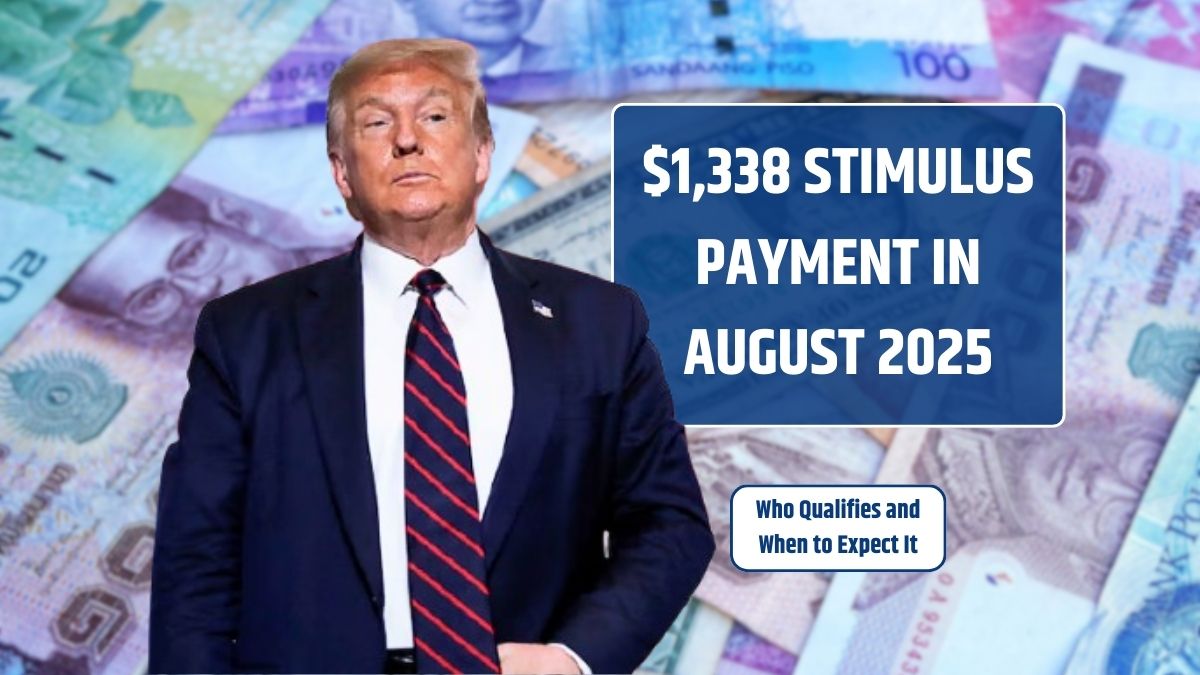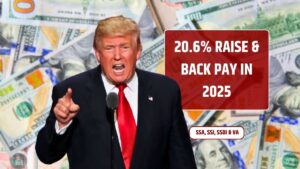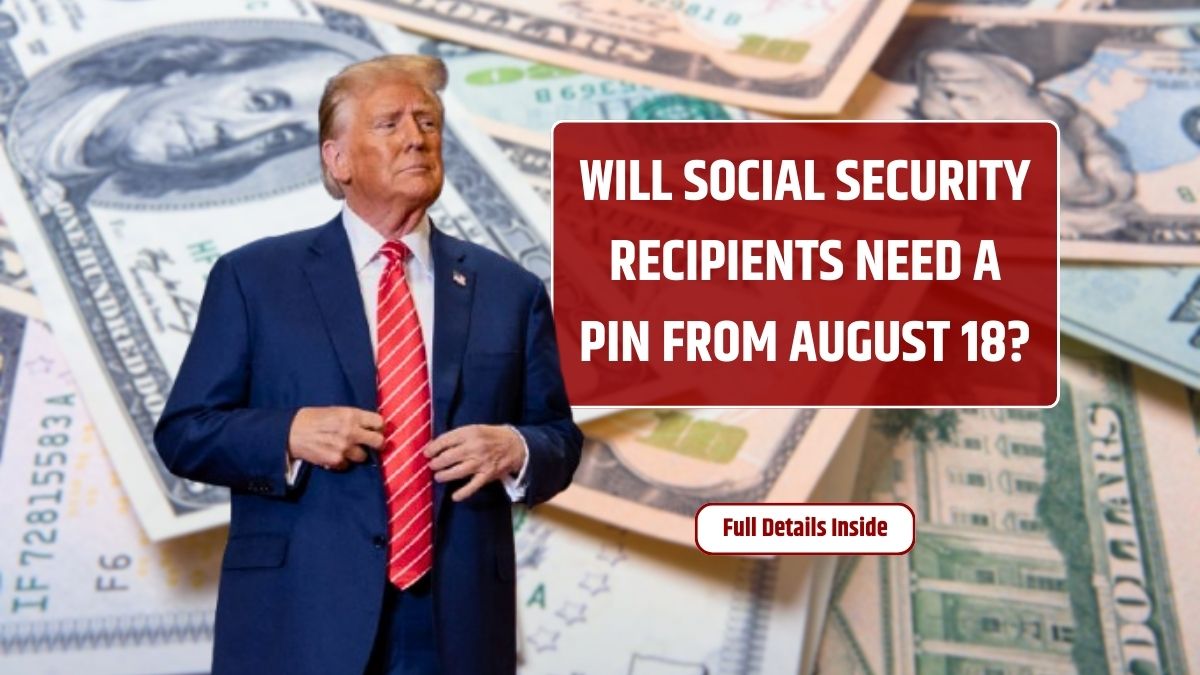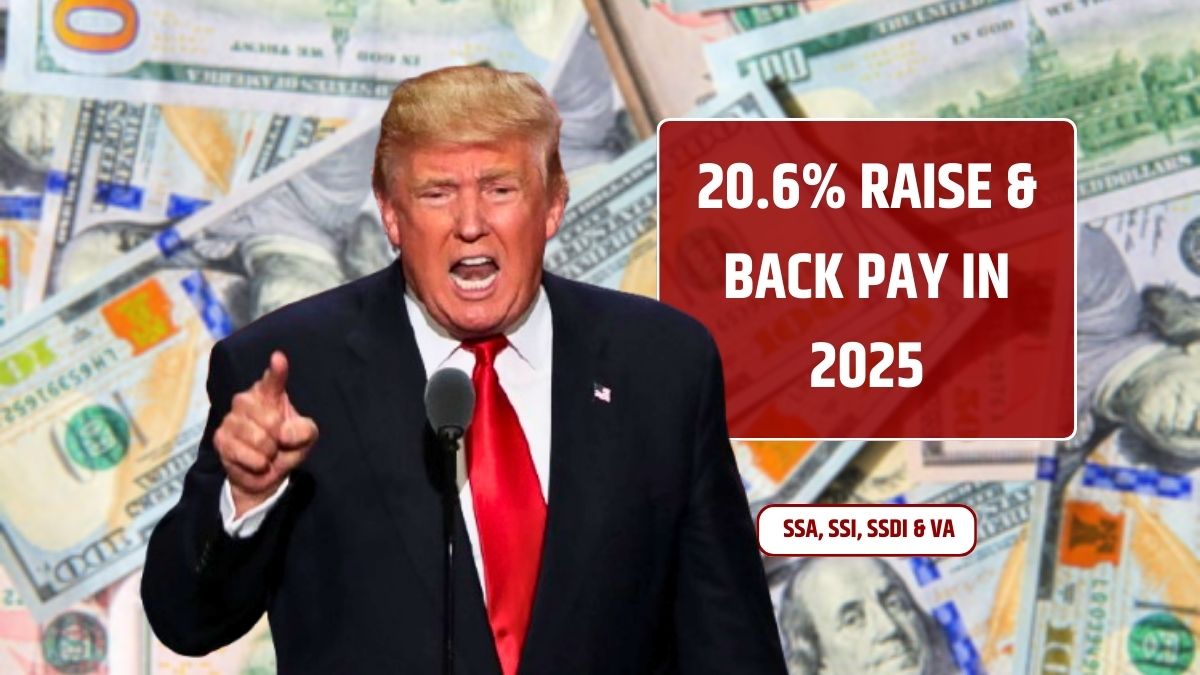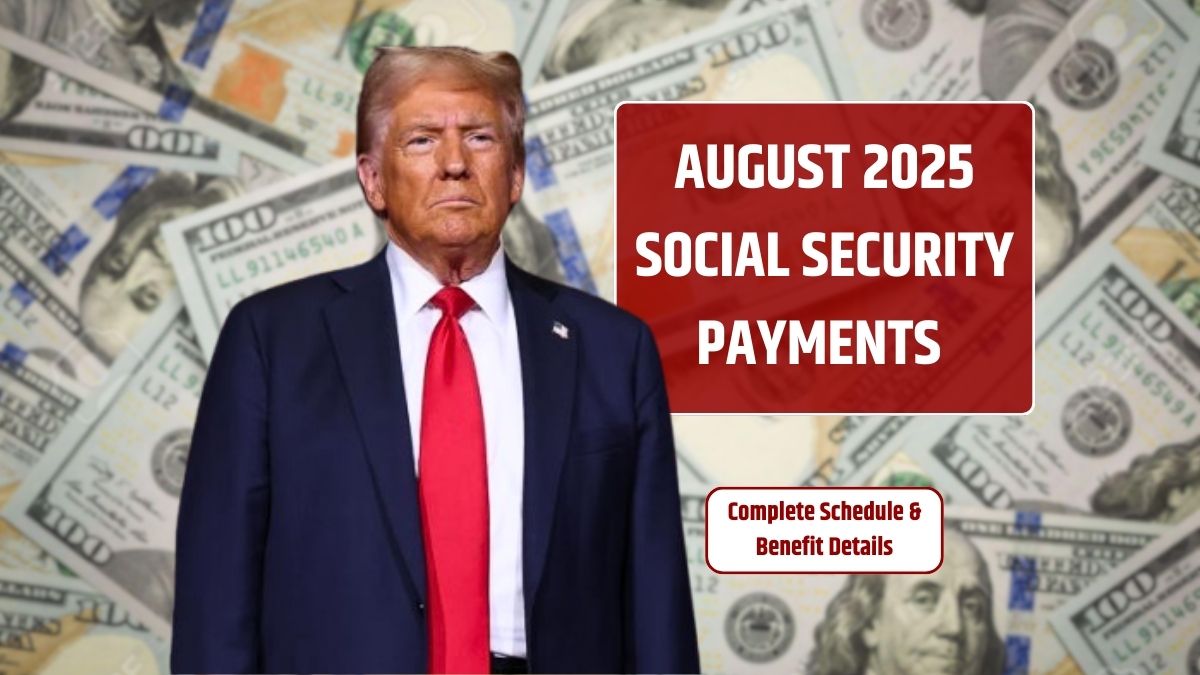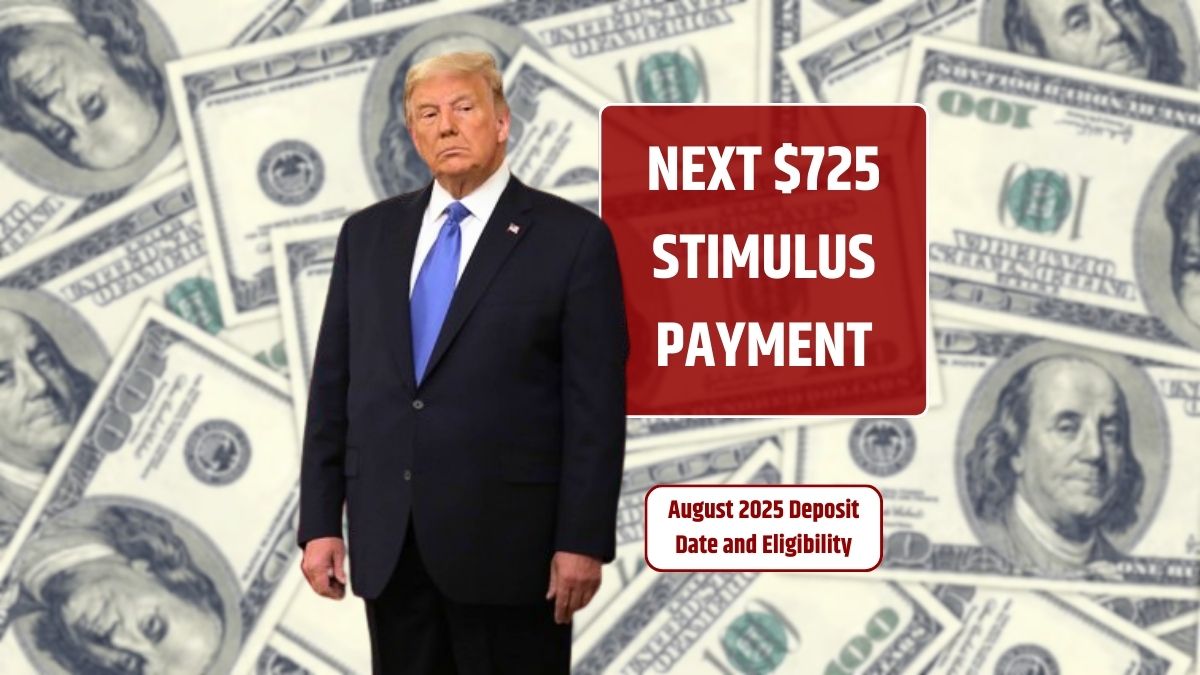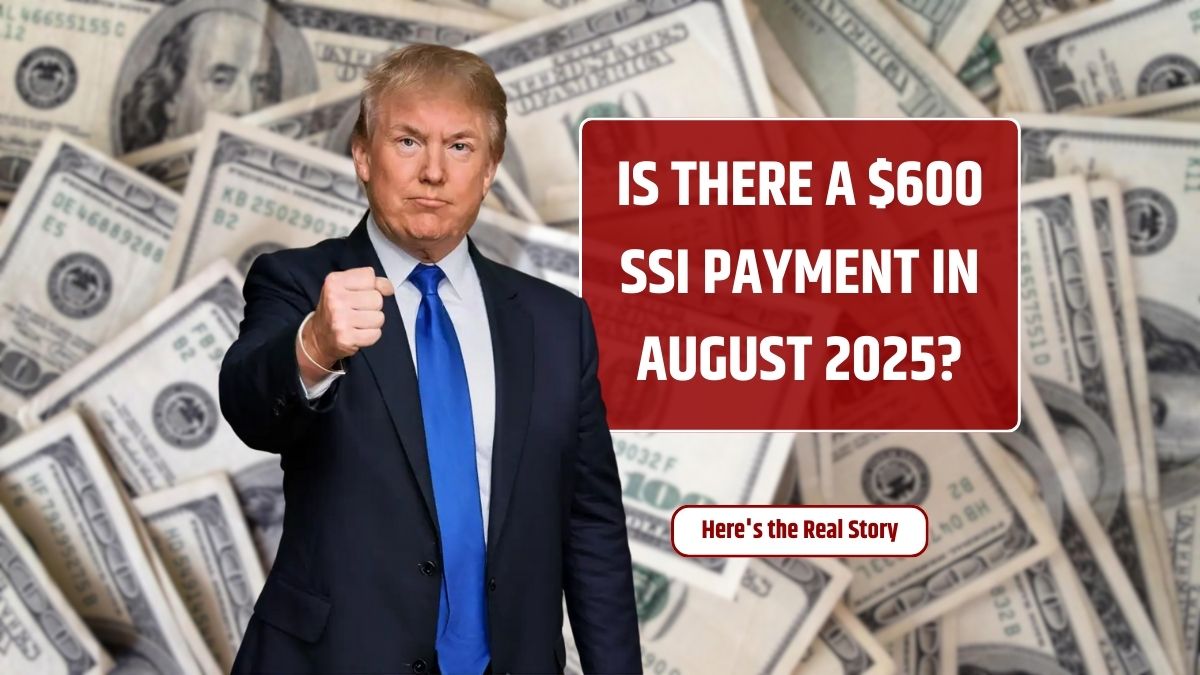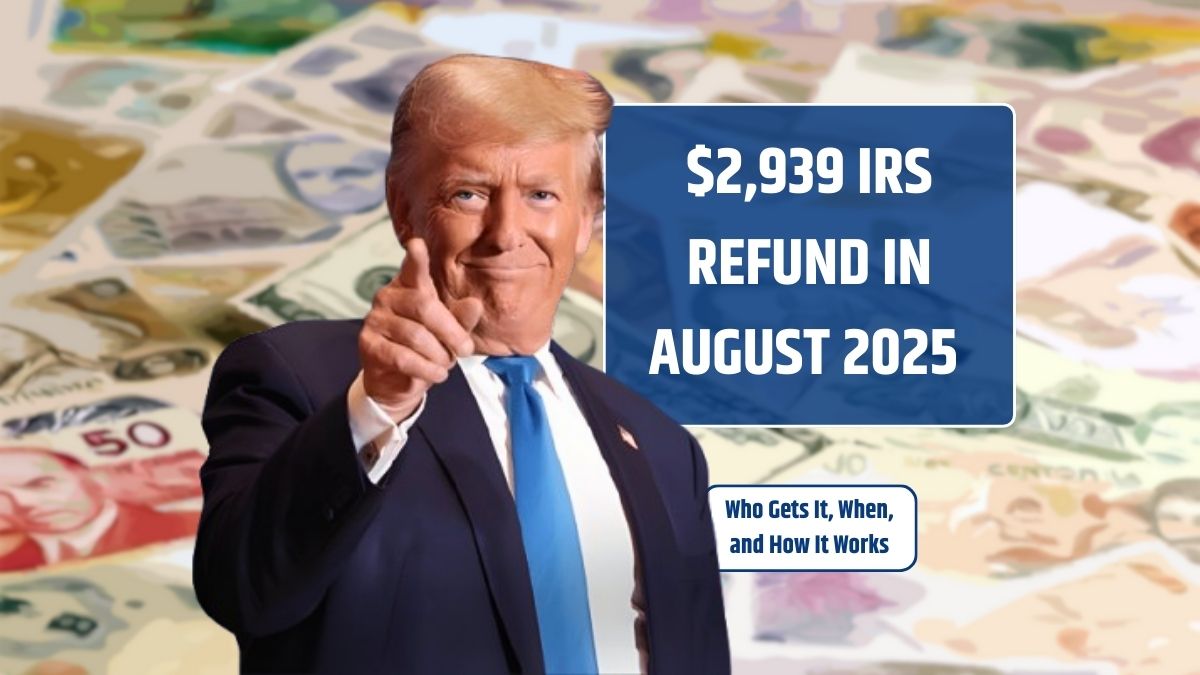As inflation continues to stretch budgets thin, talks of a new $1,338 stimulus payment have sparked serious interest across the U.S. While it hasn’t been officially approved yet, the proposed August 2025 payout is already creating a buzz. For many Americans still trying to catch up financially, this could be the kind of relief they’ve been waiting for.
If you’ve been affected by rising prices on everything from food to rent, here’s what you need to know about the potential stimulus, who may qualify, and how to prepare so you don’t miss out.
Overview
The $1,338 stimulus proposal is being discussed as a one-time federal payment to help low- and middle-income Americans deal with the rising cost of living. It’s modeled after the Economic Impact Payments many received during the pandemic—direct cash sent through checks or bank deposits.
Although no official date has been locked in, August 2025 is currently being floated as the possible distribution window. If approved, this stimulus is meant to support both the economy and household financial stability during a period of slow wage growth and persistent inflation.
Purpose
This isn’t just another check for spending. The idea behind the $1,338 stimulus is to help cover essentials like groceries, rent, health care, or utilities. With inflation still outpacing income growth in many sectors, the payment is designed to ease pressure for households still feeling the financial squeeze.
Even though this payment hasn’t been finalized, early planning can help you avoid any delays once it is approved.
Eligibility
Based on past stimulus rollouts, we can already guess who’s most likely to qualify:
| Filing Status | Full Payment Limit | Phase-Out Limit |
|---|---|---|
| Single | Up to $75,000 AGI | Up to $100,000 |
| Married Filing Jointly | Up to $150,000 AGI | Up to $200,000 |
| Head of Household | Up to $112,500 AGI | Higher phase-out |
Key requirements include:
- U.S. citizen or permanent resident
- Valid Social Security number
- Filed 2023 or 2024 tax return
- Updated bank and mailing information with the IRS
If you meet these conditions, you’re in a strong position to receive the payment if and when it’s approved.
Status
So, how will you know if you’re getting the money?
The IRS will likely reactivate tools used in past stimulus rounds. You’ll be able to check your payment status through a “Check My Payment” tool on IRS.gov. Once approved, you can track whether it’s coming via direct deposit, mailed check, or prepaid card.
If your banking details are current, the funds will likely land directly in your account. If not, a paper check or card will be sent to your registered address.
Claims
There’s no separate application for this stimulus if you already file taxes. Just make sure your IRS file is current:
- File your 2023 or 2024 return if you haven’t yet
- Update direct deposit info and address
- Watch out for scams promising “early access” to payments
- Use only official government tools to track your payment
If you haven’t filed taxes recently, now is the time to get it done to avoid missing out.
Warning
Lately, there have been false rumors of a $2,000 stimulus coming in July or August. These have been fully denied by the IRS and Treasury. Be cautious of scams—never give out your personal or financial information to unknown sources.
The $1,338 payment is the only one currently under discussion and even that is pending approval.
While nothing is set in stone yet, staying informed and prepared is your best bet. If the $1,338 stimulus is approved, those who’ve kept their records up to date and filed their taxes should see their payments quickly—possibly as early as August 2025.
FAQs
Is the $1,338 stimulus confirmed?
No, it’s still pending approval by lawmakers.
Who qualifies for the payment?
Taxpayers under income limits with valid SSN and up-to-date filings.
When will the stimulus be paid?
If approved, it may begin distribution in August 2025.
How do I claim the $1,338 stimulus?
No need to apply—file taxes and keep IRS info updated.
Are $2,000 stimulus claims real?
No, IRS has denied rumors of a separate $2,000 payment.

